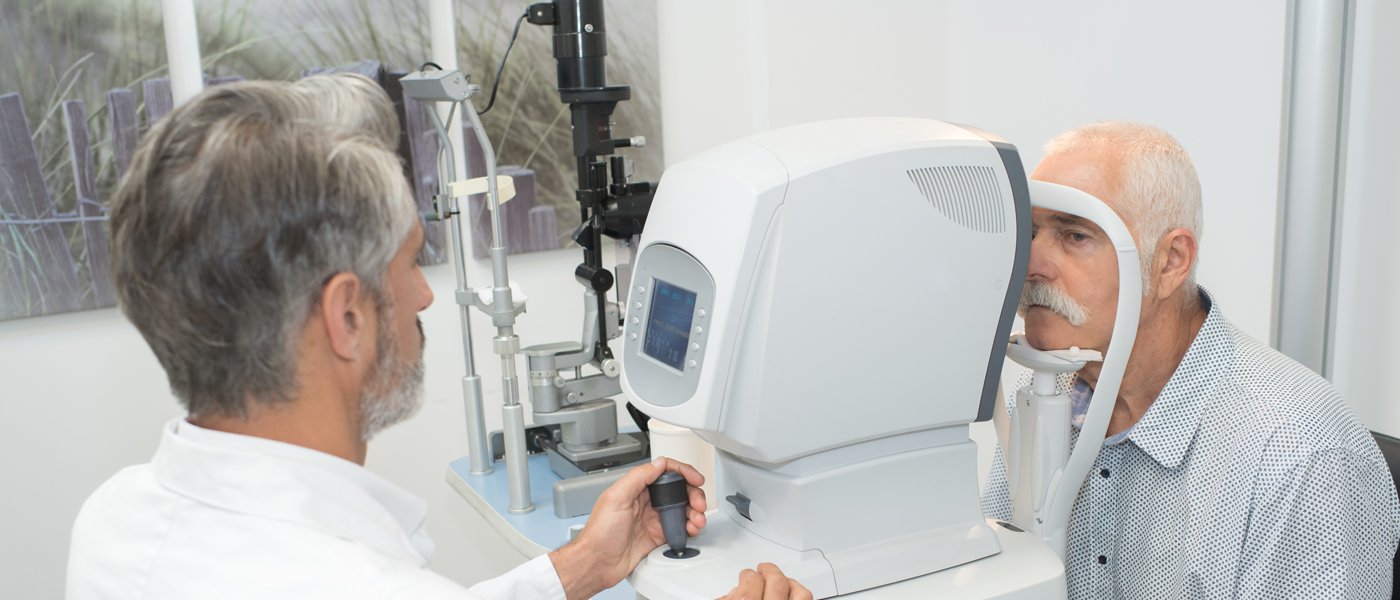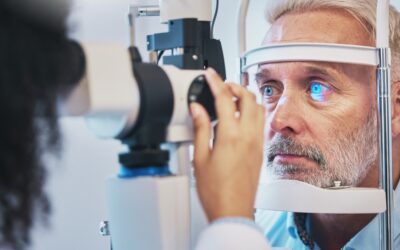Diabetes is on the rise in the US.
In a 2017 report, the Centers for Disease Control and Prevention (CDC)1 confirmed that more than 100 million U.S. adults are living with diabetes or prediabetes. Approximately 9.4% (over 30 million) of the American population has diabetes now, and a quarter of these cases are undiagnosed. Another 86 million Americans have prediabetes, a condition that often leads to type 2 diabetes when untreated.
Diabetes — especially when left untreated — can be debilitating. Diabetes can cause:
High blood pressure
Heart disease
Stroke
Vision problems and even vision loss
Nerve pain
Loss of focus
Lower energy
Diabetes can also be deadly. In 2015, diabetes was the seventh leading cause of death in the US.
Now let’s keep in mind that over 90% of all diabetes cases are type 2 — meaning that the disease can be delayed or even entirely prevented with a healthy lifestyle and proper treatment.
What does this alarming rise of diabetes mean for workplaces?
Diabetes costs $250 billion in medical expenses every year in the US — including lost productivity at work, increased absenteeism, and inability to work.
For businesses, this means greater healthcare costs, money lost due to decreases in productivity, and of course, the strain on other employees. Not to mention the devastating effects on individuals and families who lose a loved one, a parent or maybe even a breadwinner to the serious health consequences of diabetes.
So, what can we do?
We can do a lot more than just wait.
In fact, we can actually DETECT — early enough to intervene and even change the course of the illness, and the detrimental effects on families, workplaces and society.
We now have the technology to detect diabetes anywhere from four to seven years before the onset of the disease.
And since vision changes are often the first sign of diabetes, that brings us to the critical role that vision care plays in detection and prevention.
An annual eye exam can detect diabetes before the body shows any symptoms! In addition to diabetes, a good comprehensive eye exam (more on that here) can detect over 18 serious conditions at their earliest stages!
That’s why an eye exam isn’t JUST about your vision, and that’s why everyone should get yearly eye exams, whether or not they wear glasses.
Going for yearly diabetes eye screenings can actually reduce the risk of diabetes-related damage to the eye (retinopathy). Otherwise, left untreated, retinopathy can cause vision loss and even blindness.
Early detection can also help an individual make the necessary healthy lifestyle changes to PREVENT, delay, or better cope with the onset of diabetes.
Early detection of diabetes saves lives, and money (for employers and diabetes sufferers).
But this can only happen when we implement early diabetes screening. At the workplace, employers can ensure that they add an annual eye exam and diabetic scan to their employee vision care plans.
Workplaces can actually SAVE billions of dollars by implementing early screenings — and importantly, help prevent diabetes-induced health complications, early mortality, absenteeism, lost productivity and inability to work.
As an example, a 2,000 employee company without an annual eye exam or diabetic scan will incur $25,182,000 in annual health care costs, and see an average hospitalization of 8.2 days/person. Their average annual expenditure is also 62% higher.
On the other hand, when a 2,000 employee company has a required annual eye exam or diabetic scan, they can save money (and help their employees live healthier lives):
27% reduction in annual health care cost
$6.8 million dollar savings
Average annual expenditure is 38% lower!
Average of 5.3 days hospitalization
Lowered out-patient and in-patient costs
Annual eye exams and diabetic wellness programs are providing low-cost solutions for reducing health care costs and saving lives. If your organization doesn’t have these in place, contact us to learn more.
Sources:
Centers for Disease Control and Prevention. National Diabetes Statistics Report, 2017. Atlanta, GA: Centers for Disease Control and Prevention, U.S. Dept of Health and Human Services; 2017. https://www.cdc.gov/diabetes/pdfs/data/statistics/national-diabetes-statistics-report.pdf

[formlift id=”704″]






















































